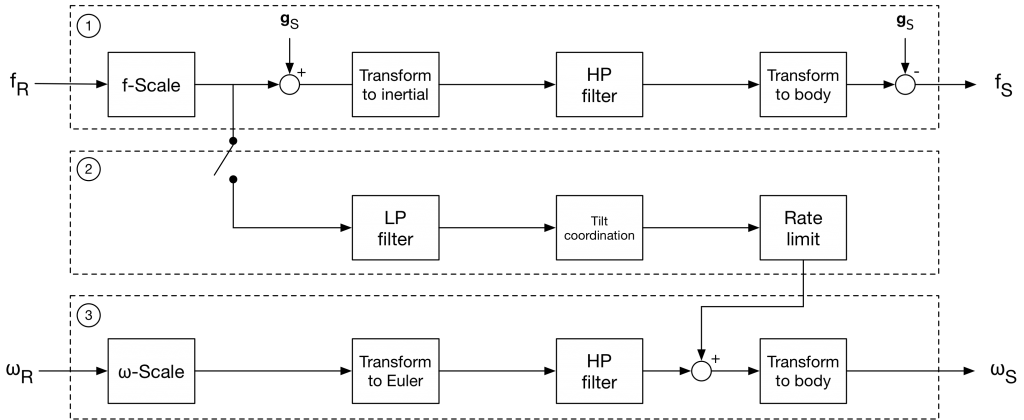Improving the match between helicopter flight dynamics and simulator cueing.
The demand for helicopters for a wide variety of applications is continually growing. Due to significant advantages in terms of cost and safety, full-flight simulators for rotorcraft are also gaining in popularity for training and certification of pilots. As simulators begin to occupy more critical roles, a fundamental understanding of their possibilities and limitations is of great importance in order to ensure long-term safety and to prevent accidents caused by adverse pilot training.
Many subsystems in a modern flight simulator, such as visuals, instruments, controls and physical motion, interact to produce a realistic flight environment to pilots. Often these interactions, and especially their effect on fidelity as perceived by pilots, are poorly understood. Perhaps the most notorious example is the motion system of a full-flight simulator, two examples of which are shown in Fig. 1.
In order to constrain the motion of simulators to their available workspace, the vehicle motion computed by a mathematical flight model is processed using so-called Motion Cueing Algorithms (MCA’s). A typical example of an MCA is shown in Fig. 2. As can be seen from this figure, MCA’s typically distort the vehicle motion through a combination of both scaling and filtering. While this process inevitably induces errors in the motion cues perceived by pilots, objective standards regarding acceptable levels of mismatch are yet to be defined. As a result, subjective assessments made by qualified pilots remain the most important measures of flight simulation fidelity demanded by regulatory bodies for the certification of simulators.
The goal of this research project, organised by TU Delft in collaboration with Desdemona B.V., is to formulate a more quantitative framework to approach the problem of motion cueing fidelity for rotorcraft flight simulation. The adopted approach leverages the knowledge that can be obtained from first-principles rotorcraft flight mechanics models coupled with contemporary MCA’s. Validation of the proposed framework is to take place using pilot-in-the-loop experiments on the Simona and Desdemona simulators in Delft and Soesterberg, respectively.




